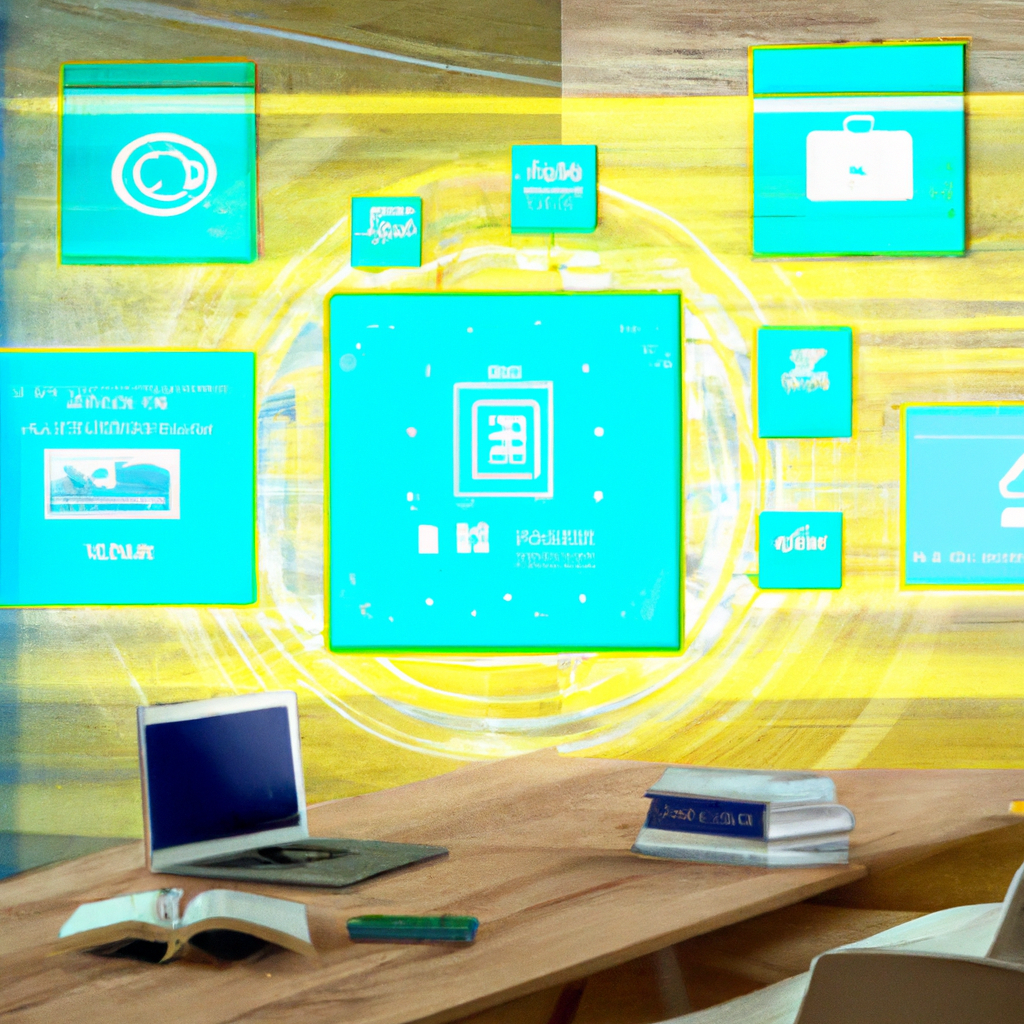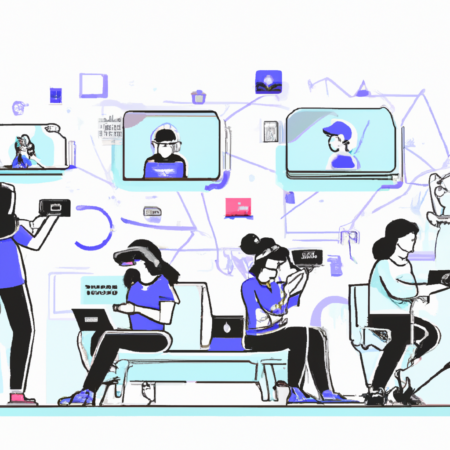Elevating User Experience: The Art of Integrating AI in Design by 2025
As we step into the second quarter of 2025, the integration of artificial intelligence (AI) in user experience (UX) design has transcended from a futuristic idea to a fundamental strategy in crafting engaging and intuitive interfaces. This blog post explores the transformative impact of AI on UX design, offering a deep dive into its applications and benefits.
Understanding AI’s Role in UX Design
The incorporation of AI into UX design isn’t just about automation; it’s about augmenting the design process to create more personalized, accessible, and efficient user interactions. AI technologies like machine learning, natural language processing, and predictive analytics are now pivotal in understanding user behaviors and preferences, leading to more refined design solutions.
Personalization at Scale
One of the most significant advantages of AI in UX design is the ability to offer personalization at scale. By analyzing large data sets, AI can identify patterns and preferences, enabling designers to tailor experiences that resonate on an individual level. This level of personalization enhances user engagement and satisfaction, driving better business outcomes.
Enhancing Accessibility
AI is also revolutionizing accessibility in digital products. Advanced algorithms can adapt interfaces on the fly to suit different needs, such as adjusting text size and color contrasts for visually impaired users. This proactive approach not only complies with accessibility standards but also opens up digital experiences to a broader audience.
Streamlining the Design Process
AI tools are increasingly being used to streamline the design process itself. From automated wireframing tools to real-time user feedback analysis, AI empowers designers to focus more on creative solutions while handling the repetitive or data-intensive tasks efficiently.
Future Trends and Implications
As AI continues to evolve, its integration with UX design is expected to become more sophisticated. Anticipate seeing AI-driven virtual reality experiences, more intuitive voice-activated interfaces, and even predictive UIs that anticipate user needs before they are explicitly expressed.
In conclusion, the synergy between AI and UX design is reshaping how we approach digital products and services. As designers and developers, embracing AI tools and techniques is crucial for staying ahead in the competitive landscape of digital experiences.






